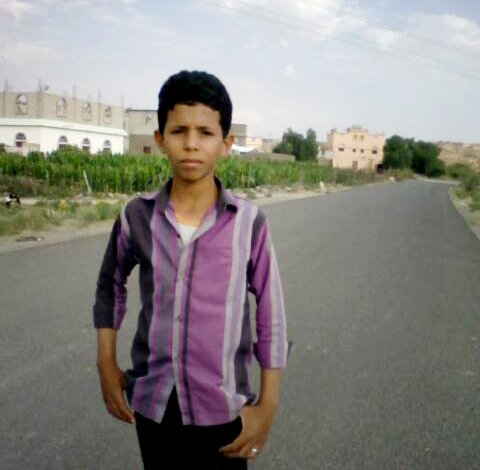Incident Code
Incident Date
Location
Geolocation
Geolocation
Airwars Assessment
(Previous Incident Code: YEM299)
Two people, including a 14-year old boy, were reportedly killed by a US drone strike in Al Qam`alah, in the Dhi Naem area of Bayda governorate, on January 29th 2018. In a later email to the Long War Journal, a US Central Command spokesperson stated that a strike had targeted AQAP in Bayda on January 29th. Since there were no other known reported strikes in Bayda on that day, this event is treated as declared.
Sources, including Al-Arabi and Al-Masdar Online, named those killed as Yahia Abdullah al-Hassbi and Abdul Aziz Muhammad Al-Mashriqi. Associated Press later reported that 14-year old Yahia was killed as he tended goats seven kilometres from a checkpoint that AQAP had previously tried to seize. Other sources also indicated that a child had died in the strike. According to relatives and three local human rights workers, a passing construction worker, Al-Mashriqi, was also killed in the strike.
Other sources, however, suggested that the one or both of the individuals killed in the strike were members of the Yemeni government army and/or were AQAP militants. According to Al-Arabi, sources indicated that both Yahia and Abdul were AQAP members fighting against the Houthis in the area, and said that their tribe, the Al Omar, had disavowed them three years previously. AQAP militants have been previously reported to have fought alongside pro-Hadi forces.
A local source told Al-Masdar Online that the strike, which targeted a “resistance point” in the Al-Maqqa area, had killed two resistance elements named as Yahia and Abdul, and had wounded others. The source also said that continued drone flights prevented paramedics from reaching the wounded, for fear of follow-up strikes.
A pro-government commander, Mohamed al-Ghunaimi, told Anatolia Agency that the two killed were pro-government fighters. “We are sure the Americans conducted the air strike. They always bomb us and accuse us of being Al-Qaeda,” he said.
Accounting for these conflicting reports, Airwars has assessed that there were reports of between one and two civilian deaths, and between one and two militant deaths. At least two combatants were reportedly injured in the strike.
In its annual civilian casualty report to Congress issued in April 2019, the US Department of Defense stated that it had assessed “no credible reports of civilian casualties resulting from US military actions in Yemen during 2018″.
Responding to Airwars’ publication of its Yemen dataset and accompanying report in October 2020, CENTCOM dismissed all but two civilian harm claims under President Trump, asserting that “USCENTCOM conducted a thorough review of the information AirWars provided regarding allegations of potential civilian harm caused by USCENTCOM strikes in Yemen from 2017-2020… The bulk of the information asserted by AirWars, however, did not correspond with dates and locations of U.S. military strikes or raids in Yemen. Other AirWars allegations either did not allege civilian harm or were not assessed as credible upon our review.”
Victims
Individuals


Key Information
Geolocation Notes
Reports on the incident mention the village of Al Qam`alah (القمعلة) for which the generic coordinates are: 14.06654,45.50265. Due to limited satellite imagery and information available to Airwars, we were unable to verify the location further.
